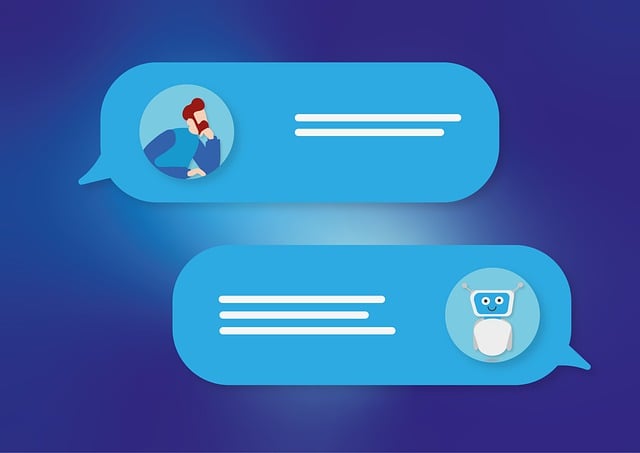In today’s competitive business landscape, providing exceptional customer experiences has become a key differentiator. Leveraging advanced customer service tools is a strategic way to achieve this goal. These tools not only streamline operations but also enable businesses to build stronger customer relationships. One vital aspect of this endeavor is the creation of Quality Assurance (QA) scorecards with software like MaestroQA, customized evaluation tools that play a pivotal role in shaping customer interactions and driving overall excellence.
The Impact of Customer Service Tools on Customer Experience
Investing in cutting-edge customer service tools is a proactive step toward improving customer experience. These tools offer several benefits:
1. Seamless Communication:
Advanced communication platforms, including live chat, chatbots, and omnichannel support, ensure customers can interact with brands through their preferred channels. This seamless communication leads to quicker issue resolution and enhanced customer satisfaction.
2. Personalization at Scale:
Customer relationship management (CRM) systems allow businesses to gather and analyze customer data, enabling personalized interactions. This personal touch creates a sense of connection and loyalty among customers.
3. Efficient Issue Resolution :
Robust ticketing systems and knowledge bases empower customer service agents to resolve issues efficiently. Customers appreciate quick solutions, resulting in positive experiences.
4. Proactive Problem Solving :
AI-driven tools, such as chatbots and predictive analytics, anticipate customer needs and provide solutions before problems arise. This proactive approach minimizes disruptions and showcases a brand’s commitment to customer care.
5. Real-Time Feedback:
Customer feedback tools gather insights in real time, allowing businesses to adapt quickly and address concerns. This agile response demonstrates a dedication to improving the customer experience.
Building QA Scorecards for Enhanced Customer Experiences
Quality Assurance (QA) scorecards are invaluable tools for improving customer experiences. These scorecards offer a structured framework for evaluating agent interactions and identifying areas for improvement. Here’s how to leverage QA scorecards to enhance customer experiences:
1. Define Desired Customer Experiences :
Before building scorecards, outline the type of customer experiences you aim to deliver. Define the characteristics of exceptional interactions, aligning them with your brand values and customer expectations.
2. Select Relevant KPIs:
Choose key performance indicators (KPIs) that reflect your desired customer experiences. Metrics such as empathy, issue resolution, and first call resolution rate directly impact customer satisfaction.
3. Incorporate Customer-Centric Criteria:
Craft evaluation criteria that prioritize customer-centric behaviors. Include factors like active listening, personalized interactions, and understanding customer needs.
4. Include Qualitative and Quantitative Measures:
Balancing quantitative metrics, such as call duration, with qualitative assessments like agent demeanor provides a holistic view of interactions.
5. Implement Feedback and Coaching Loops:
Use QA scorecards as a basis for feedback and coaching sessions. Agents can receive actionable insights, enabling them to refine their skills and deliver exceptional experiences.
6. Monitor and Adapt:
Regularly analyze data from QA evaluations to identify trends and patterns. Adapt scorecards based on evolving customer expectations and industry trends.
In conclusion, customer service tools are instrumental in enhancing customer experiences. From streamlined communication to proactive problem-solving, these tools lay the foundation for outstanding service. Creation of Quality Assurance QA scorecards is an essential part of this journey, as they provide a structured framework to align agent interactions with desired customer experiences. By selecting relevant KPIs, incorporating customer-centric criteria, and fostering continuous improvement, businesses can leverage QA scorecards to elevate customer experiences and foster brand loyalty in an increasingly customer-centric market.

